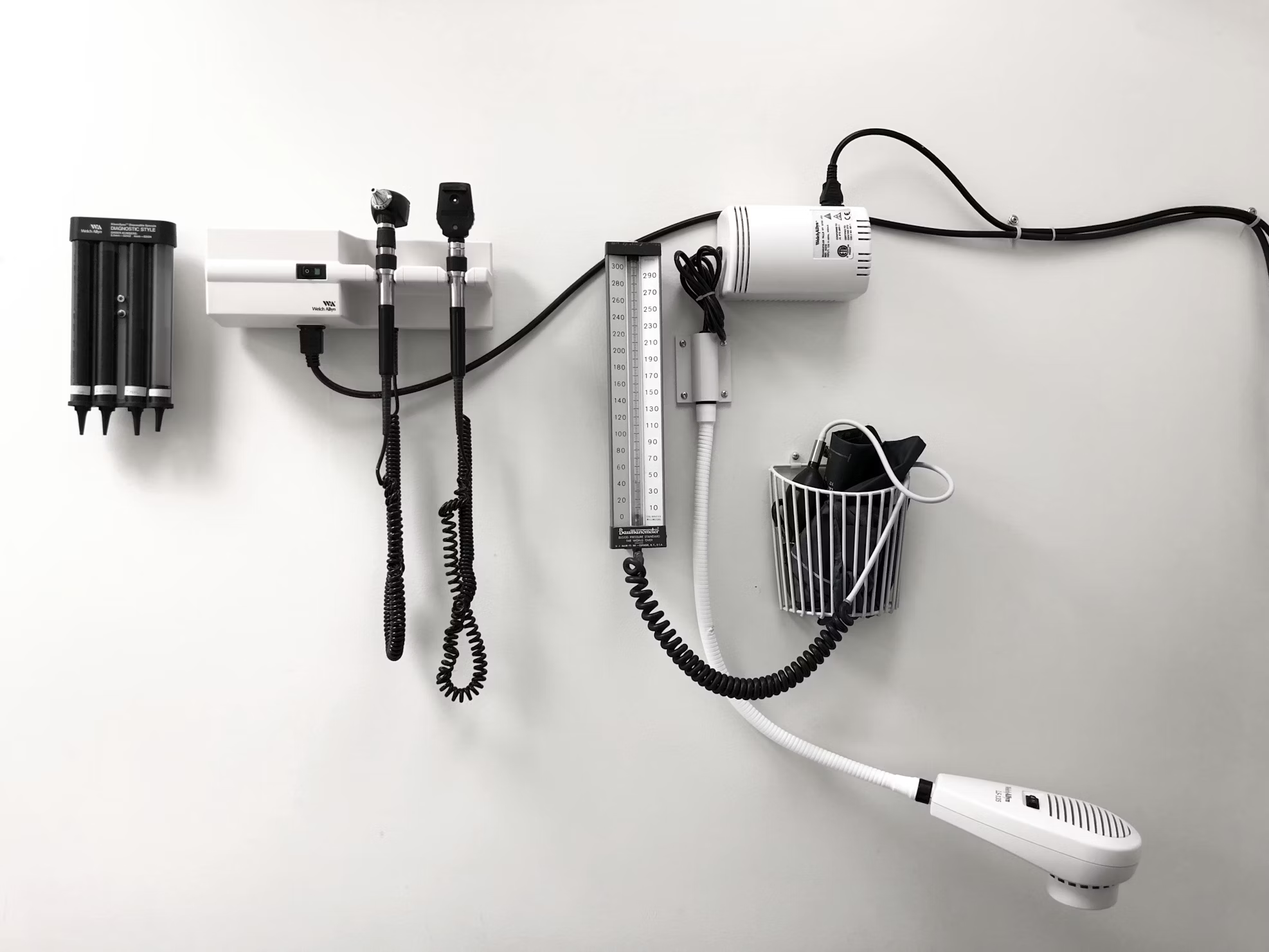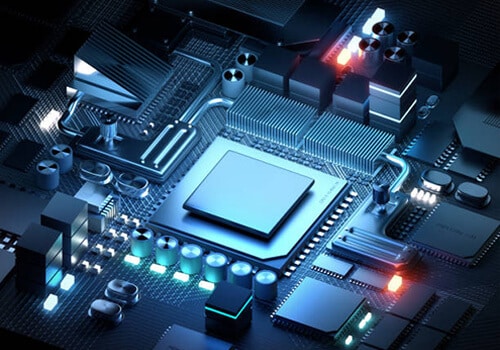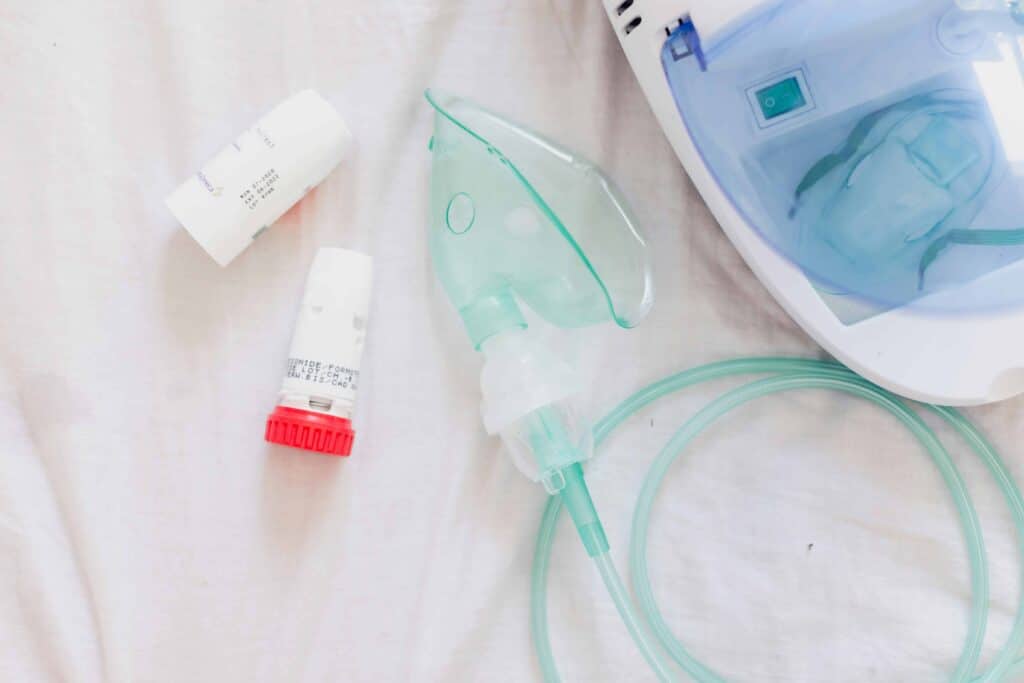Prototyping plays a pivotal role in the development and refinement of cutting-edge healthcare solutions. From conceptualization to actualization, the process of medical device prototyping serves as a crucial stepping stone in bringing revolutionary ideas to life.
This article delves into the intricate world of prototyping medical devices, exploring examples, benefits, creation methodologies, optimal materials, advanced injection molding techniques, and the rapid prototyping capabilities that drive the evolution of medical technology.
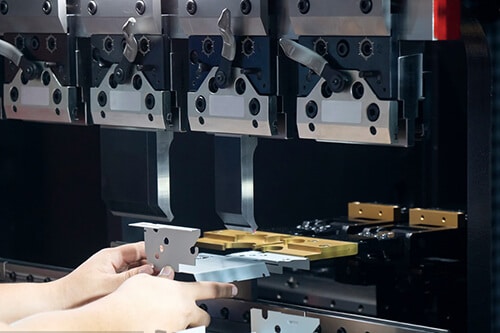
What is Medical Device Prototyping?
Medical device prototyping refers to the process of producing a preliminary version or model of a medical device during the development process. This enables testing, evaluation, and improvement before full production takes place.
A prototype in medical terms involves an early version or model of a medical device, tool, or technology employed to demonstrate the concept and functionality of new therapeutic methods, diagnostic tools, or medical equipment. Simultaneously, Medical prototypes are utilized to showcase the practical effects of novel ideas, allowing healthcare professionals and researchers to evaluate their feasibility and make improvements for further development and application.
This process is essential in the medical field because it helps explore design concepts, ensure functionality and performance testing, and verify device efficacy and safety. Additionally, medical device prototyping facilitates the discovery of problems in advance, the saving of costs, and ultimately the creation of more innovative and practical medical devices to improve patient treatment and safety.
Examples of a Medical Prototyping
1. Monitoring and Diagnostics:
- Smart Wearable Health Monitors
- Telemedicine Platforms
- Medical Imaging Enhancements
- Patient Monitoring Systems
- Wearable Monitoring Devices
2. Treatment and Therapy:
- Drug Delivery Devices
- Virtual Reality Rehabilitation Tools
- Personalized Medicine Platforms
- Minimally Invasive Surgical Devices
- Implantable Devices
3. Assistive and Supportive Technology:
- Patient-Specific Surgical Instruments
- Assistive Devices for Disabilities
Benefits of Medical Device Prototype
Prototyping medical devices plays a vital role in the development process of medical equipment. Here are some of the main advantages:

- Cost: Modifications made during the prototype stage help reduce the cost of the final product.
- Product design: It enables the examination of the product’s design in practical operation, allowing the timely detection and correction of potential issues to enhance the final product’s functionality and performance.
- Regulatory Compliance: Prototyping facilitates the ensuring of product safety during design and manufacturing while also leading to meeting industry specifications and regulatory requirements.
- Rapid prototyping: Through 3D printing technology, virtual models designed with CAD can be converted into physical prototypes, providing physical samples to validate design concepts and feasibility, further improving the design.
How to Create a Medical Prototype?
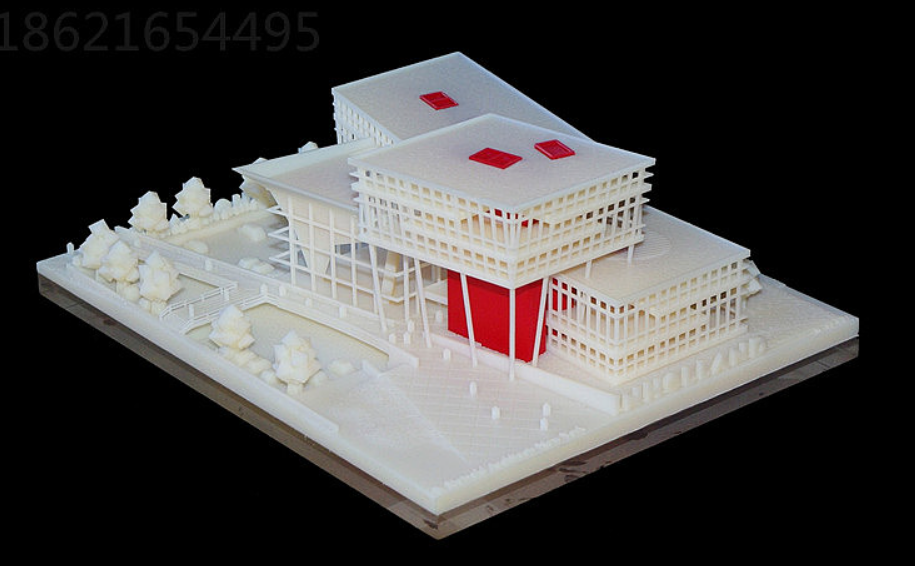
Step 1 Requirements analysis:
Analyze the requirements for medical equipment to determine the required functionality, performance, and design features.
Step 2 Concept design:
Use conceptual design tools (such as CAD software) to produce initial design drawings, including appearance and structure.
Step 3 3D Printed Prototype:
Use 3D printing technology to transform a virtual model of a design into a physical prototype, which promotes validated design concepts and conducts feasibility testing.
Step 4 Functional testing:
Conduct actual functional testing on the prototype, including testing the operating performance, accuracy, stability, etc. of the device.
Step 5 User Feedback:
Seek feedback from healthcare professionals and patients and make necessary improvements to the prototype based on feedback.
Step 6 Compliance assessment:
Conduct a compliance assessment on the prototype to ensure it meets relevant regulatory standards for medical devices.
Step 7 Final verification:
At last, the prototype is verified to ensure that it meets the design requirements and works properly.
Best Materials for Prototype Medical Device
- Corrosion-Resistant Materials
- Stainless steel
Benefits: Corrosion and wear-resistant
Application: Surgical instruments - High-temperature plastic
Benefits: High-temperature resistance and creep resistance
Application: Medical equipment that requires high-temperature disinfection
- Transparent, Impact-Resistant Materials
- Polycarbonate
Benefits: Lightweight, high transparency, and high impact resistance
Applications: Medical equipment housings
- Chemically Stable and Biocompatible Materials
- Polyethylene
Benefits: Chemically stable, durable
Applications: Single-use medical products such as IV bags and surgical gowns - Medical-grade silicone rubber
Benefits: Good biocompatibility, heat resistance, chemical resistance, and electrical resistance
Applications: Medical products for skin contact, such as prosthetic skin, medical adhesive tapes, wearable medical devices
- High Strength Materials
- Ceramic
Benefits: High biocompatibility, high strength
Applications: Prosthetic joints, dental implants - Carbon-based materials
Benefits: High strength, low weight, fatigue resistance
Applications: Structural components of medical equipment, such as parts of diagnostic devices, treatment machines, and orthopedic devices
Medical Device Injection Molding
Medical device injection molding entails the production of medical equipment and instruments through the injection molding process. This manufacturing method involves injecting molten plastic into a mold through an injection molding machine to form the desired device or component shape.

Medical device injection molding has the following advantages:
- Precision manufacturing: The medical device injection molding process allows precise control of the size and shape of the device, ensuring that the product meets medical standards.
- Cost-effectiveness: The production cost of injection molding is relatively low, which is especially suitable for large-scale production and is conducive to the mass production of medical devices.
- Material diversity: Different types of plastic materials can be selected as needed to meet the needs of different instruments.
- High efficiency: Injection molding production is fast, which is conducive to quickly meeting market demand.
Rapid Medical Device Prototyping Capabilities
Runsom Precision offers exceptional rapid prototyping services with incredible quality, on-time delivery, and competitive price to customers around the world. Our engineering team has utilized the latest prototyping technologies with extensive knowledge and experience. With our prototyping centers, we are ideal to provide comprehensive services to satisfy global customers’ requirements, timescales, and special needs. Runsom Precision can take your concepts or designs to reality production in just days with our proven prototyping technologies and processes. Please feel free to contact us for an instant quote.
Other Articles You Might Enjoy:

